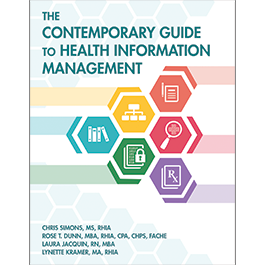Summer reading: Tools of the denials steering committee’s trade

Health Information Management
by Chris Simons, MS, RHIA
Facilities looking to establish or improve their denials management program should consider implementing a steering committee to set overarching priorities, review data, assess findings, and maintain communication channels between senior executives and various stakeholders.
The denials management steering committee should use monitoring tools to reinforce accountability, assess performance issues, and evaluate trends. The committee should provide oversight and accountability for performance improvement by using a standardized approach.
In such an approach, when a denial category (e.g., coding rejection) exceeds a performance threshold, a research team or work group should be formed, with a member of the steering committee serving as the work group leader. The work group would design an action plan to address controllable denials, and keep the full committee informed of the investigation’s progress until the performance threshold is met or the issue is resolved to the organization’s satisfaction. The steering committee will also advise work groups when to collaborate with other departments to resolve high-priority issues.
The steering committee is responsible for acting on requests for changes in denial management reporting, too, bearing in mind the costs and benefits associated with the request and all long-term reporting implications.
Of course, the steering committee will need tools to manage and report data, tools such as:
- Executive denial scorecard
- Measures initial, root cause, and final denial (number and dollar amount) per month
- Identifies the department responsible for the denial
- Compares current to previous months’ metrics
- Quantifies recovery rate and write-off rate (measures appeal outcomes)
- Trending reports
- Measures initial, root cause, and final denial (number and dollar amount) per month
- Identifies the department that is responsible for the denial
- Drills down by patient type, denial category, department, carrier, financial class, DRG, CPT code, physician, account age, etc.
- Key performance indicator report
- Measures key processes that have an active role in denial avoidance
Editor’s note: This article is an excerpt from The Contemporary Guide to Health Information Management.
